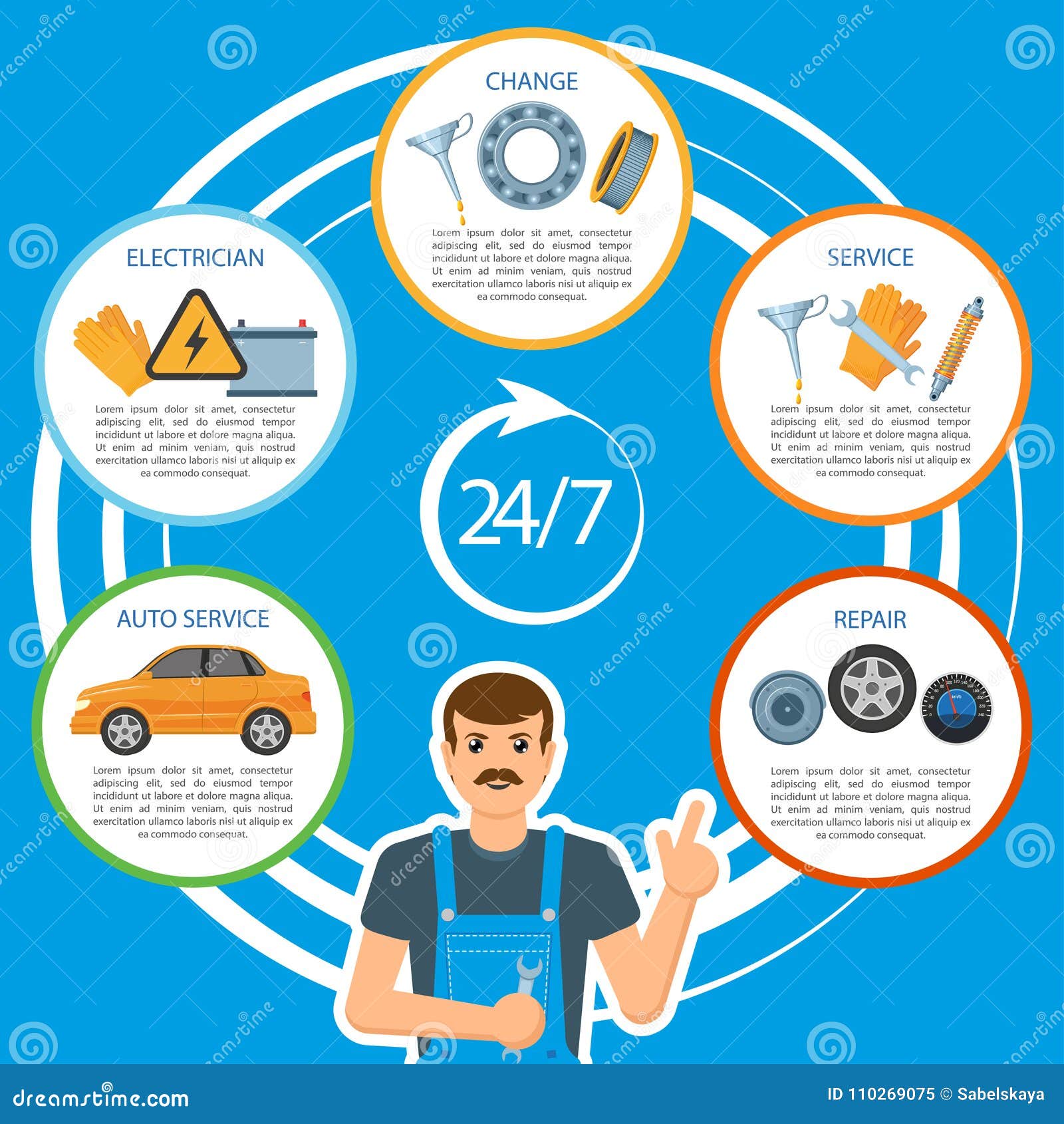Checking Out The Genuine Interpretation Of Your Automobile'S Caution Lighting
Checking Out The Genuine Interpretation Of Your Automobile'S Caution Lighting
Blog Article
Material Writer-Peck Boyer
When you're behind the wheel, those beautiful warning lights on your dashboard can be a little bit difficult. Do you recognize what they're attempting to inform you concerning your cars and truck's health and wellness? Understanding the significance of these lights is important for your safety and the durability of your vehicle. So, the next time one of those lights appears, wouldn't you want to decode its message accurately and take the essential actions to resolve it?
Common Caution Lights and Interpretations
Identify common warning lights in your automobile and understand their definitions to guarantee secure driving.
The most typical caution lights include the check engine light, which signals problems with the engine or emissions system. If this light comes on, it's important to have your lorry examined without delay.
The oil pressure warning light indicates low oil pressure, calling for instant interest to stop engine damage.
A blinking battery light may recommend a defective billing system, potentially leaving you stranded if not addressed.
The tire pressure tracking system (TPMS) light signals you to reduced tire pressure, impacting car stability and gas performance. Disregarding this could bring about risky driving conditions.
The ABS light suggests a trouble with the anti-lock stopping system, jeopardizing your capacity to quit rapidly in emergencies.
Lastly, the coolant temperature cautioning light warns of engine overheating, which can result in serious damage if not resolved quickly.
Understanding these typical warning lights will help you attend to concerns quickly and preserve secure driving problems.
Relevance of Prompt Attention
Understanding the typical warning lights in your cars and truck is only the initial step; the significance of immediately attending to these cautions can't be emphasized sufficient to ensure your safety when driving.
When a caution light brightens on your dashboard, it's your auto's means of interacting a possible issue that requires attention. Overlooking https://www.wftv.com/news/local/firefighters-battle-flames-orange-county-auto-repair-shop/SGG6YKPQHBG6TODWCNQM6EB54U/ can cause a lot more severe problems later on, compromising your safety and possibly costing you a lot more out of commission.
hop over to this web-site to alerting lights can avoid failures and accidents. For instance, a flashing check engine light could indicate a misfire that, if left unattended, can trigger damages to the catalytic converter. Resolving this without delay can save you from a costly repair service.
Likewise, a brake system alerting light may indicate low brake liquid or worn brake pads, critical components for your safety and security when driving.
DIY Troubleshooting Tips
If you see a warning light on your control panel, there are a few do it yourself troubleshooting ideas you can try before seeking specialist aid.
The initial step is to consult your vehicle's manual to comprehend what the specific caution light indicates. Occasionally the issue can be as easy as a loosened gas cap triggering the check engine light. Tightening up the gas cap might solve the issue.
One more typical issue is a low battery, which can activate various alerting lights. Examining the battery links for deterioration and guaranteeing they're safe may fix the problem.
If a caution light lingers, you can attempt resetting it by separating the car's battery for a few minutes and afterwards reconnecting it. In addition, inspecting your automobile's fluid levels, such as oil, coolant, and brake fluid, can aid repair advising lights associated with these systems.
Conclusion
Finally, comprehending your automobile's warning lights is important for keeping your vehicle running efficiently and securely. By promptly dealing with these notifies and recognizing what they imply, you can stay clear of costly fixings and potential breakdowns.
Keep in mind to consult your automobile's handbook for particular details on each cautioning light and do something about it as necessary to make sure a trouble-free driving experience.
Stay educated, stay safe when driving!
